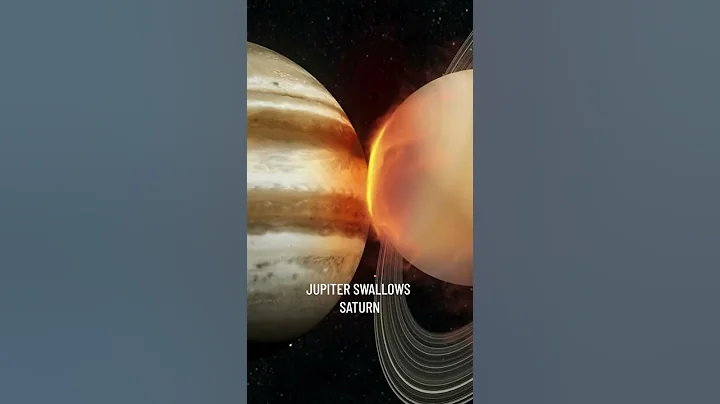The James Webb Space Telescope has quietly captured two new Jupiter photos. Shown are the rings of Jupiter and its three moons: Europa, Thebes and Metis.
Jupiter is the gas giant planet closest to the earth in the solar system. its mass is one thousandth that of the sun and 2.5 times the combined mass of the other planets in the solar system.
This Near-Infrared Camera shortwave image of Jupiter from NASA's James Webb Space Telescope shows Thebes , the moons Europa and Metis, and the Great Red Spot on the planet's surface. This photo was taken using the F212N filter, which highlights light with a wavelength of 2.12 microns.

Shortwave image
This near-infrared camera longwave image of Jupiter was taken using an F323N filter with an exposure time of 75 seconds, highlighting light with a wavelength of 3.23 microns.

Long-wavelength image
These two images, each taken by the JWST Near Infrared Camera (NIRCam), highlight a different wavelength of light.
These images show that JWST can track moving targets even with scattered light from the bright planet Jupiter. The commissioning report explains: “Observing a bright planet and its moons and rings is expected to be challenging as scattered light may affect the scientific instruments used, and the Fine Guidance Sensor (FGS) must track guidance near the bright planet. Stars. These images demonstrate JWST's ability to capture details such as rings and moons around bright planets.
After six months of testing, JWST has brought us unprecedented photos of newly formed stars in the Carina Nebula . and stellar winds form a massive wall of dust and gas.

The infant star
is informally known as the Southern Ring Nebula
It is about 2,500 light-years away and was photographed in the near infrared. , the right image was taken in the mid-infrared.

The Southern Ring Nebula
Stephen's Quintet, located in the constellation Pegasus, was the first compact group of galaxies discovered in 1877.

Stephen's Quintet
JWST through dust. Stephen's Quintet photo.

Stephen's Quintet under dust
The first image taken by JWST, showing SMACS 0723, a galaxy cluster located 4.6 billion light-years from Earth.

SMACS 0723 Galaxy Cluster

James Webb Space Telescope

Webb telescope Orbital diagram

Webb telescope expanded view
A 60-page commissioning report for the James Webb Space Telescope. In addition to photos, there is a major discovery that scientists have seen in the atmosphere of exoplanet WASP-96 b, more than 1,000 light-years from Earth. Water vapor. Discovered in 2014, this is a hot, fluffy gas giant that orbits a distant sun-like star every 3-4 days. It is about half the mass of Jupiter, Webb at WASP- The unique characteristics of water are captured in the surrounding atmosphere of 96 b, along with evidence of clouds and haze.
This is the first spectral analysis of an exoplanet's atmosphere. Now we know Webb can help us unlock more of the universe's secrets. JWST was originally conceived to make fundamental breakthroughs in the study of the formation and evolution of galaxies, stars, and planetary systems.
James Webb is like a time machine, taking us to find the secrets of the end of the universe, and maybe also taking us to find aliens.
#Webb Telescope’s first batch of full-color images of the universe# #Cosmos##Alien#





















